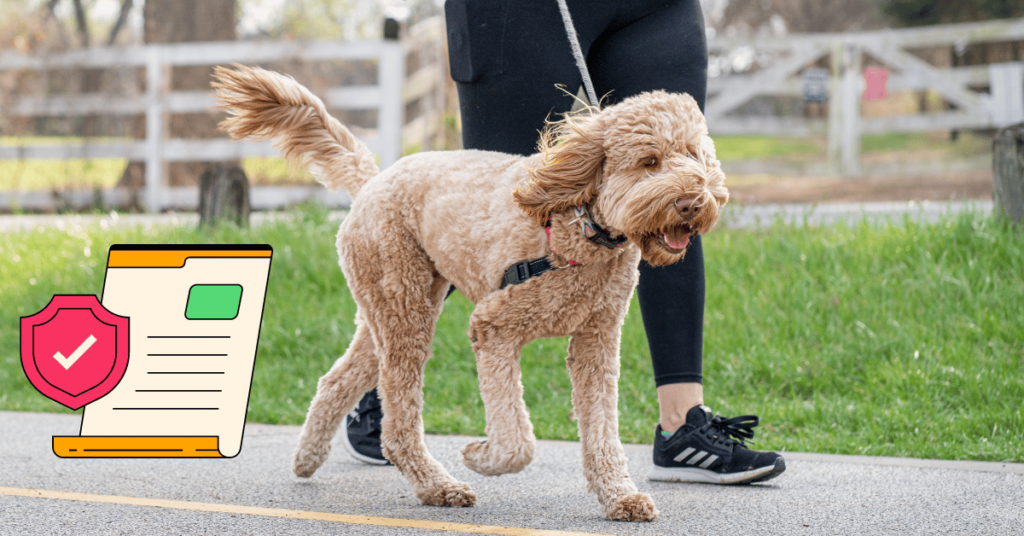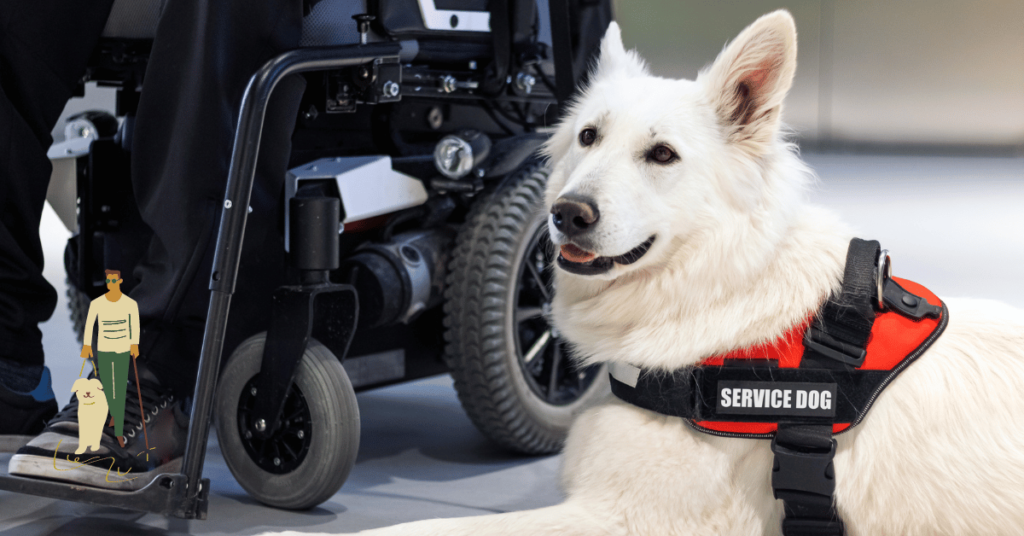Dog insurance is an essential aspect of being a responsible pet owner. It can provide financial protection against unexpected veterinary bills, but what if you’re not satisfied with your current policy? The good news is that you can switch pet insurance companies at any time. Whether you’re unhappy with your premium, want a lower deductible, or are looking for broader coverage, switching can be a great option. However, there are several factors to consider before making the change to avoid coverage gaps or increased costs.
Key Considerations Before Switching
Before you decide to change your dog insurance provider, keep these important factors in mind:
Can You Change Insurance Companies If Your Dog Has a Pre-Existing Condition?
If your dog has developed a health issue since you first enrolled in an insurance policy, switching providers can be tricky. Here’s what to consider:
- Pre-Existing Conditions: If your dog has an ongoing medical issue, it may be considered a pre-existing condition. Most pet insurance companies will exclude coverage for these conditions when you switch providers.
- Curable Conditions: Some companies, like Embrace Pet Insurance, may cover certain curable pre-existing conditions if your dog has been symptom-free and untreated for a specified period (usually around 12 months). If your dog is facing chronic conditions that require ongoing treatment, switching might lead to higher out-of-pocket costs since those expenses will likely not be covered by a new insurer.
How Soon Can I File a Claim After Switching Dog Insurance?

When you enroll in a new pet insurance policy, you’ll typically encounter a waiting period before you can file any claims. This means if your dog needs medical attention during this time, the new policy won’t cover those expenses.
- Waiting Period Length: The waiting period can vary by provider. For example, companies like Nationwide and ASPCA have a 14-day waiting period for accidents, while others like PetFirst may only require a 24-hour wait. For illnesses, most providers impose a waiting period of 14 to 15 days.
Can You Have Two Pet Insurance Policies for Your Dog at the Same Time?
Yes, you can technically hold multiple pet insurance policies for your dog. Some owners choose to keep their existing policy active while switching to a new one to avoid gaps in coverage. Here’s what you should know:
- Overlap in Coverage: Maintaining two policies can provide peace of mind during the transition, especially if your dog faces a medical emergency. However, if you file a claim for the same incident with both insurers, this is considered fraud and can lead to serious consequences.
- Claim Process: If you do have two policies, you can only claim reimbursement from one. Most policies contain clauses stating that if they find you’re enrolled in multiple plans, they will not pay out any claims.
How to Cancel a Dog Insurance Policy

Canceling your dog insurance policy is an important step when switching providers. Here’s how to do it correctly:
- Contact Your Provider: Every pet insurance company has different cancellation policies. Check with your provider to understand the process, which may involve canceling by phone, online, or in writing.
- Avoid Automatic Payment Cancellation: Simply turning off automatic payments can lead to fees and negative credit implications. Always ensure that you follow the official cancellation procedure.
- Timing Your Cancellation: The best time to cancel your existing policy is right after you’ve made your last premium payment and after your new policy has taken effect. Some providers also offer a 30-day money-back guarantee, provided you haven’t filed any claims.
Where to Find the Best Dog Insurance Plans
If you’re dissatisfied with your current dog insurance, finding a better plan is essential. Here’s where to look:
- Online Platforms: There are online platforms which offers personalized recommendations based on your dog’s specific information. You can search and compare different plans from top insurance companies, filtering results by factors such as low deductibles, high annual coverage limits, and affordable rates.
- Compare Plans: When exploring different options, make sure to compare the coverage details, waiting periods, and premium costs to find a plan that suits your needs best.
Conclusion
Switching dog insurance can be a smart decision if you’re looking for better coverage, lower premiums, or different policy terms. However, it’s essential to consider your dog’s health status, the implications of pre-existing conditions, waiting periods for new claims, and the proper way to cancel your current policy. By thoroughly researching and comparing insurance options, you can ensure that you provide the best care for your furry friend while managing your financial risks effectively.
So that was all about this article. If you have any further questions feel free to comment down below. We are always here to help you!




